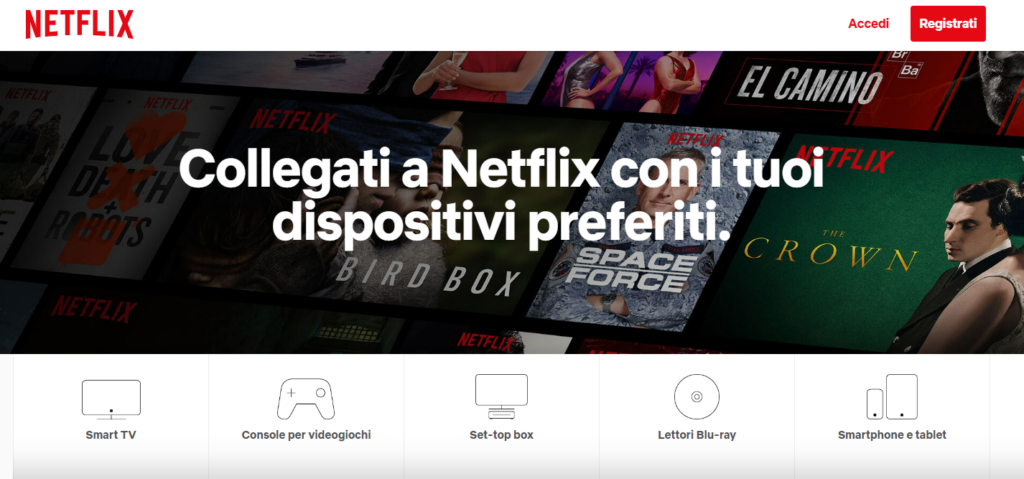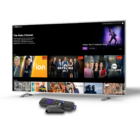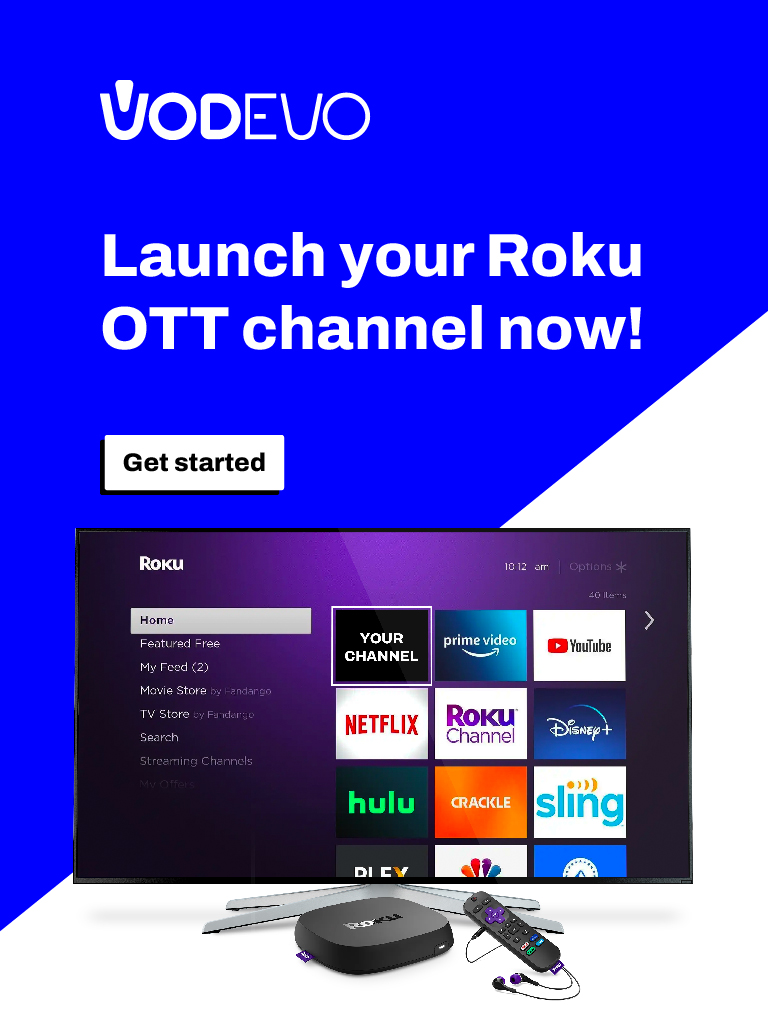A news broke that Netflix, now fully invested in the business of selling ads and using advertising to monetize their content. Has entered into a contract with Integral Ad Science (IAS) to monitor the validity of ad serving.
Now that both Disney and Netflix have added ad-supported tiers to their content offerings. Getting all their ducks in a row to accurately measure advertising and leverage it profitably starts with verification. The simple formula is as follows: verified viewers = views, others = fraud (bot or otherwise).
Advertisers who want to use IAS to measure the impact of their Netflix campaign. The verification metric was established by the Media Ratings Council (MRC). Require that an ad must have 50% of its pixels on screen for two continuous seconds in order to have valid traffic and be considered “seen”.
The absurdity of calling two seconds of partial screen time a valid measure is what we should be looking at, not the fact that Netflix is simply doing what it’s supposed to do as a (partly) ad-supported media company.
Netflix grow up with advertising?

According to internal data reported by Bloomberg, Netflix went from 0 to 500% growth in the first month of availability of its advertising tier. They followed that up with 50% growth in the second month of ad serving.
The global advertising market (minus China and Russia) is approximately $180 billion, as reported in Netflix’s investor call, which offers huge opportunities for further growth as the percentage of consumers who view streaming content is still quite small. When Netflix first announced its ad inventory, the CPM was at the peak of ad prices, reportedly between $60 and $65 per 1,000 views.
This all sounds like a promising start, but of course we can’t just take Netflix’s word for it. And even if the industry standard for what is considered a valid ad view is frighteningly low, it still takes sophisticated technology to tell that Netflix is actually meeting it.








